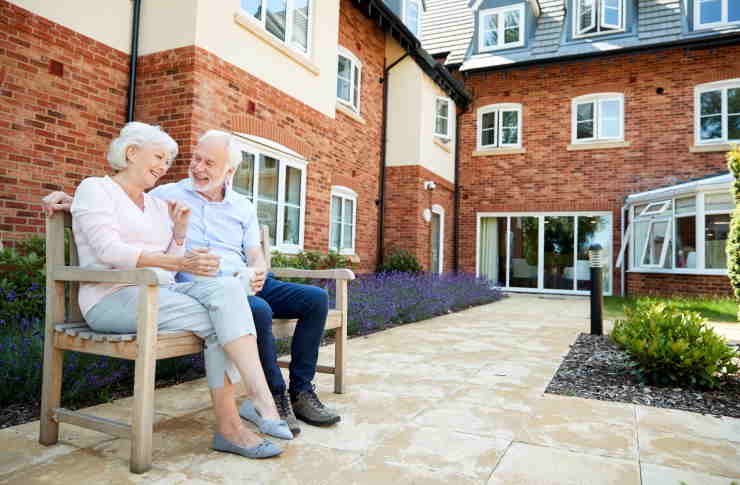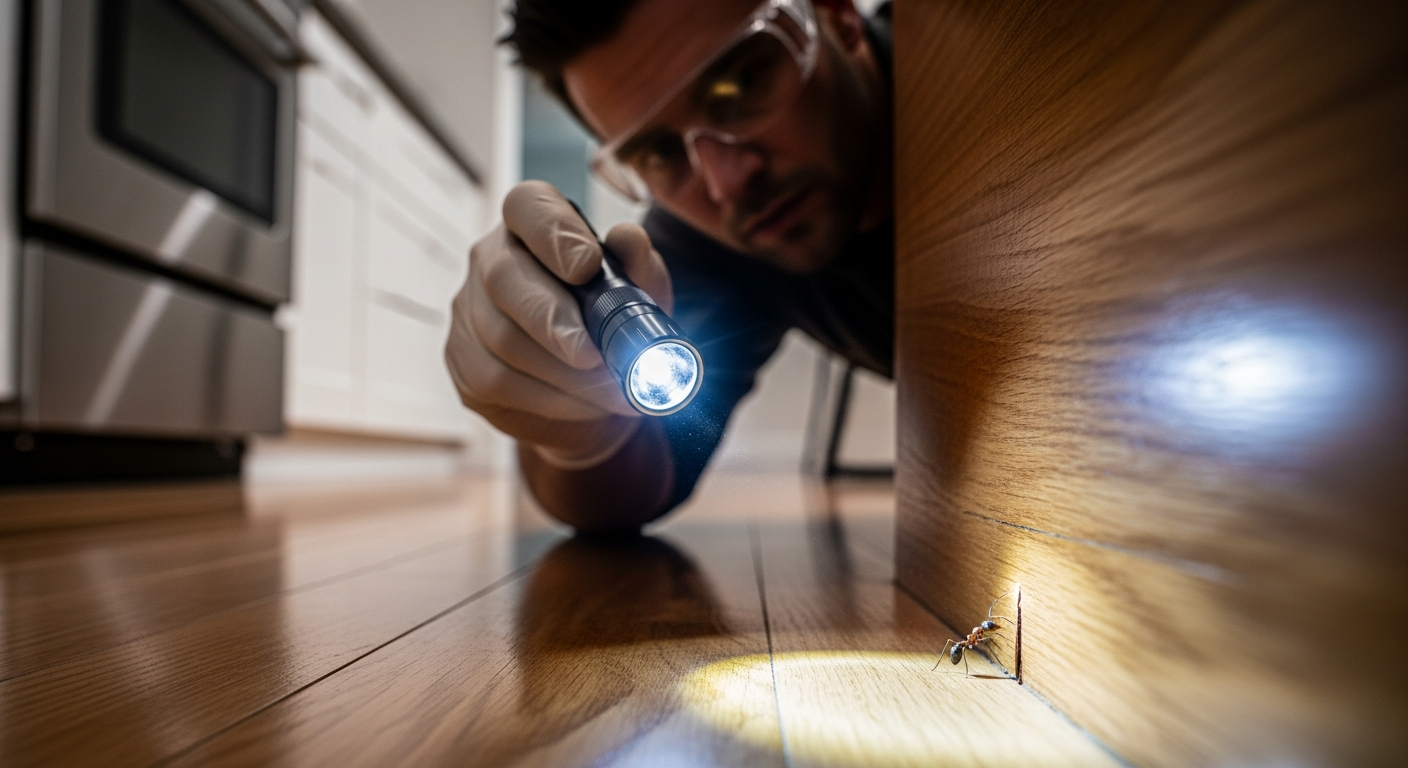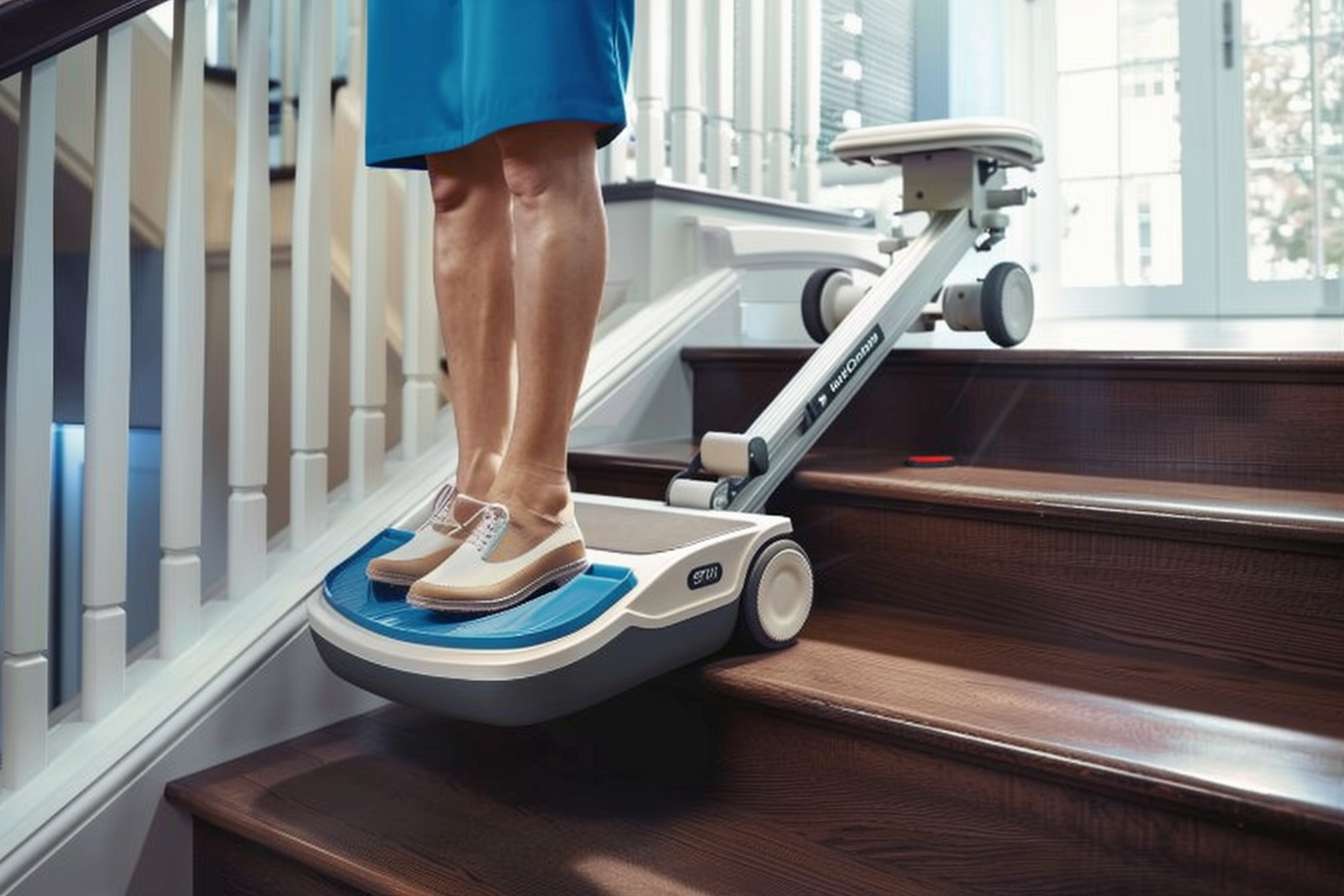Discover the Rise of Granny Pods: A Guide to Senior Living Solutions in the United Kingdom in 2025
As the population ages across the United Kingdom, families are seeking innovative living arrangements that balance independence with proximity to loved ones. Granny pods and garden annexes have emerged as popular solutions, offering seniors comfortable, purpose-built accommodation within family property boundaries while maintaining privacy and autonomy. This growing trend represents a significant shift in how British families approach senior living arrangements.

The concept of multigenerational living is experiencing a renaissance in the United Kingdom, with granny pods and garden annexes leading this transformation. These self-contained dwellings, situated in the gardens of family homes, provide elderly relatives with independence while keeping them close to support networks. As we move into 2025, these innovative housing solutions are becoming increasingly sophisticated, regulated, and accessible to families across the country.
What Are Granny Pods and Garden Annexes?
Granny pods, also known as accessory dwelling units (ADUs) or garden annexes, are compact, self-contained living spaces typically constructed in the garden of an existing property. These structures are specifically designed for elderly relatives, offering them a comfortable living environment with the security of having family nearby. Unlike traditional care homes, granny pods allow seniors to maintain their independence while reducing isolation.
Garden annexes range from simple studio designs to more elaborate structures with separate bedrooms, kitchens, and living areas. Many incorporate accessibility features such as wider doorways, level-access showers, and safety rails. The key advantage is that these dwellings exist within the boundaries of family property, eliminating the need for seniors to relocate to unfamiliar environments while still providing them with personal space.
In the UK context, these structures typically fall under permitted development rights or require planning permission depending on their size and specifications. The legal framework governing these structures has evolved to accommodate the growing demand, with many local authorities now recognizing their social value in addressing senior housing needs.
Leading Providers and Market Approach
The granny pod market in the United Kingdom has matured significantly, with several established providers offering varying approaches to design, construction, and financing. These companies have developed streamlined processes to handle everything from planning permission to installation.
iHUS is among the providers focusing on bespoke annexes with emphasis on accessibility and energy efficiency. Their approach includes managing the entire process from design through to handover. Norwegian Log has distinguished itself with sustainable timber structures that offer excellent insulation properties, while Granny Annexe specializes in turnkey solutions with rapid installation timeframes.
The market has also seen the emergence of specialized financial products designed to help families fund these structures, including equity release schemes specifically tailored for garden annexe construction. Some providers offer rental options or payment plans to make these solutions more accessible to different economic brackets.
| Provider | Specialization | Key Features |
|---|---|---|
| iHUS | Bespoke annexes | Full planning service, accessibility focus, energy-efficient designs |
| Norwegian Log | Timber constructions | Sustainable materials, superior insulation, traditional aesthetics |
| Granny Annexe | Turnkey solutions | Rapid installation (8-12 weeks), comprehensive service, financing options |
| Pod Space | Modern designs | Contemporary architecture, eco-friendly materials, smart home integration |
| Inspired Garden Rooms | Customizable annexes | Flexible designs, garden integration, extended warranties |
Design, Comfort, and Customisation Choices
The design landscape for granny pods has evolved dramatically, with 2025 offerings featuring unprecedented levels of customisation and comfort. Modern annexes can be tailored to complement the main property’s architectural style or stand out as distinctive features in their own right. Interior layouts typically prioritize accessibility without sacrificing aesthetic appeal, creating spaces that feel homely rather than institutional.
Customisation options now extend to every aspect of the living environment. Families can select from various floor plans, exterior finishes, window configurations, and roof styles. Interior choices include flooring materials suitable for mobility aids, kitchen configurations at accessible heights, and bathrooms with specialized fixtures. Smart home technology has become a standard offering, with systems that monitor movement patterns, regulate temperature, and provide emergency response capabilities.
Comfort considerations have become increasingly sophisticated, with providers incorporating passive heating and cooling design principles to maintain comfortable temperatures year-round while minimizing energy costs. Sound insulation ensures privacy, while strategic window placement maximizes natural light without compromising thermal efficiency. Many designs now incorporate small private outdoor spaces like patios or winter gardens, allowing residents to enjoy nature regardless of mobility limitations.
Financial Considerations and Planning Permission
Understanding the financial implications of installing a granny pod is essential for families considering this option. Costs vary significantly based on size, specifications, and location, with basic models starting from approximately £40,000, while larger, more luxurious units can exceed £120,000.
Planning permission requirements have evolved to accommodate the growing demand for these structures. While some smaller annexes may fall under permitted development rights, most require formal planning permission, particularly if they include kitchen facilities or are intended for permanent residence. Local authorities generally assess applications based on the impact on neighboring properties, design quality, and provision for services such as water and electricity.
| Cost Category | Price Range (2025 Estimates) | What’s Included |
|---|---|---|
| Basic Pod | £40,000 - £60,000 | Studio layout, basic fixtures, minimal customization |
| Mid-range Annexe | £60,000 - £90,000 | One bedroom, full kitchen, bathroom, moderate customization |
| Premium Solution | £90,000 - £120,000+ | Multiple rooms, high-end finishes, extensive customization |
| Planning Services | £2,500 - £5,000 | Permission application, surveys, technical drawings |
| Site Preparation | £3,000 - £10,000 | Foundation work, utility connections, landscaping |
Prices, rates, or cost estimates mentioned in this article are based on the latest available information but may change over time. Independent research is advised before making financial decisions.
Health and Wellbeing Benefits
The health benefits of granny pods extend beyond the practical aspects of accessible design. Research indicates that seniors who maintain close family connections while retaining independence experience better mental health outcomes than those in institutional care. The balance of privacy with proximity allows for regular social interaction, which has been linked to cognitive benefits and reduced rates of depression among older adults.
Physical health advantages include the opportunity for gentle outdoor activity in familiar surroundings and the ability to maintain established routines. Many modern pods incorporate features specifically designed to support wellbeing, such as circadian lighting systems that adjust throughout the day to support natural sleep patterns, air filtration systems for respiratory health, and spaces designed to accommodate in-home therapeutic equipment.
For families, the arrangement reduces caregiver stress while enabling prompt response to emergencies. The proximity allows for regular monitoring without intrusion, creating a sustainable care arrangement that benefits both the senior resident and their family members.
Future Trends in UK Senior Living Solutions
Looking ahead, the granny pod market in the UK is expected to continue evolving with technological advancements and changing demographics. Emerging trends include greater integration of telehealth capabilities, allowing remote consultations with healthcare providers, and modular designs that can be adapted as care needs change over time.
Environmental sustainability is becoming increasingly central to new designs, with many providers incorporating solar panels, rainwater harvesting systems, and high-performance insulation as standard features. This focus on energy efficiency not only reduces running costs but also appeals to environmentally conscious consumers.
The regulatory landscape continues to develop, with advocacy groups pushing for streamlined planning processes specifically for senior housing solutions. Some local authorities have already implemented specialized pathways for granny pod applications, recognizing their potential to alleviate pressure on social care systems while supporting family-centered aging strategies.
This article is for informational purposes only and should not be considered medical advice. Please consult a qualified healthcare professional for personalized guidance and treatment.




